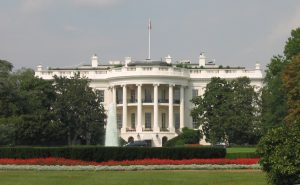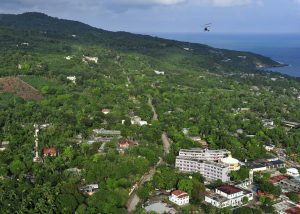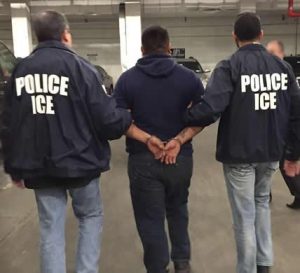 On September 22, 2018, the U.S. Department of Homeland Security (“DHS”), announced a proposed rule that would deny green cards to almost all immigrants who accept public benefits while in the United States. The public will have 60 days to provide comments on the proposed rule. After the sixty day comment period is over, the final rule will be published, and will go into effect 60 days later.
On September 22, 2018, the U.S. Department of Homeland Security (“DHS”), announced a proposed rule that would deny green cards to almost all immigrants who accept public benefits while in the United States. The public will have 60 days to provide comments on the proposed rule. After the sixty day comment period is over, the final rule will be published, and will go into effect 60 days later.
Starting with the Immigration Act of 1882, the United States has had a policy of denying green cards to potential immigrants who are likely to become “public charges”. Under current law (INA § 212(a)(4)), any immigrant who is “likely at any time to become a public charge”, is inadmissible to the United States. In determining whether an individual is likely to become a public charge, USCIS and the U.S. Department of State, are supposed to examine the potential immigrant’s: (1) age; (2) health; (3) family status; (4) assets, resources, and financial status; and (5) education and skills.
Under the current rule dating back to 1999, immigrants who rely on certain public benefits are automatically deemed to be public charges, and therefore, inadmissible to the United States. Individuals are deemed to be public charges if two things are met. First, individuals must accept cash public benefits such as welfare. Under the current rule, public benefits that are not cash benefits such as food stamps and Medicare, do not make an individual inadmissible to the the United States. Second, the cash benefits an immigrant receives must account for 50% or more of the immigrant’s total income for the individual to be considered a public charge.
 Immigration Lawyer Blog
Immigration Lawyer Blog









